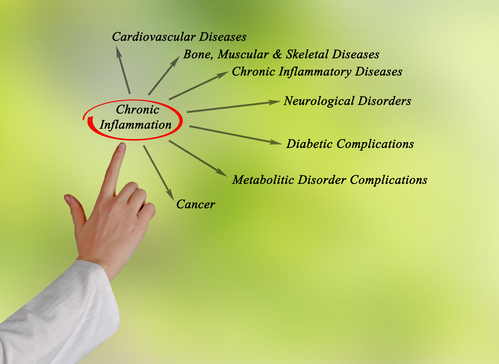Chronic Inflammatory Demyelinating Polyneuropathy (CIDP)
 Chronic inflammatory demyelinating polyneuropathy (CIDP) is an autoimmune disease where the body’s immune system attacks its own nerve tissue resulting in inflammation of nerve roots and the peripheral nerves and destruction of the fatty protective covering (myelin sheath) over the nerves.
Chronic inflammatory demyelinating polyneuropathy (CIDP) is an autoimmune disease where the body’s immune system attacks its own nerve tissue resulting in inflammation of nerve roots and the peripheral nerves and destruction of the fatty protective covering (myelin sheath) over the nerves.
This destruction affects how the nerve impulses are transmitted. Nerves are like an electrical wire with a protective coating. If that protective coating disintegrates, the wire will short circuit. The symptoms of CIPD are due to the nerves misfiring.
This causes weakness, paralysis and/or impairment in motor function if a motor nerve is affected, especially of the arms and legs (limbs). Sensory disturbance may also be present. This will cause the symptoms of pain, numbness, tingling, etc.
Signs and symptoms of CIDP
CIDP typically starts insidiously and evolves slowly, it can slowly progress and can relapse, and there will be partial or complete recovery during relapse. This can lasts week or months.
Medical doctors will consider the necessary duration of symptoms to be greater than 8 weeks for the diagnosis of CIDP to be made.
The symptoms include tingling or numbness (beginning in the toes and fingers), weakness of the arms and legs, loss of deep tendon reflexes, fatigue, and abnormal sensations.
The motor and sensory impairments usually affect both sides of the body (symmetrical), and the degree of severity and the course of disease will vary. Some affected individuals may follow a slow steady pattern of symptoms while others may have symptoms that stabilize and relapse.
The disorder is sometimes called chronic relapsing polyneuropathy
CIDP is sometimes thought of as the chronic form of acute inflammatory demyelinating polyneuropathy (AIDP), the most common form of AIDP Is Guillain Barré syndrome (GBS) in the United States and Europe. In contrast to GBS, most patients with CIDP cannot identify a preceding viral or infectious illness. GBS progresses over 3-4 weeks, then stops and usually improves over months and does not recur. CIDP, by definition has ongoing symptoms for over 8 weeks and usually does not improve unless treatment is given.
When treatment is started early it will protect the myelin sheath, so it is important to get an early diagnosis. It is also the immune system that is creating the problem and support of the immune system is vital.
What treatment will a medical doctor prescribe?
Treatment for CIDP includes corticosteroids such as prednisone, which may be prescribed alone or in combination with immunosuppressant drugs.
Plasmapheresis (plasma exchange) and intravenous immunoglobulin (IVIg) therapy are apparently effective. IVIg may be used even as a first-line therapy. Physiotherapy may improve muscle strength, function and mobility, and minimize the shrinkage of muscles and tendons and distortions of the joints. This shrinkage of muscle is due to the lack of nerve impulses necessary to keep them active. This is impeded by the destruction of the nerve.
What is the prognosis?
The course of CIDP varies widely among individuals. Some may have a bout of CIDP followed by spontaneous recovery, while others may have many bouts with partial recovery in between relapses.
What can you do about CIDP?
Going to the cause of the problems and building health is always the best alternative.
As Hippocrates – the professed Father of Medicine – said “We need to shift our focus from treating disease to generating health…”
Support of the immune system and building a healthy immune system that doesn’t start attacking the body.
The nervous system needs to be supported. See Nerve Health
Health begins at the cellular level. Do you want a Healthier Metabolism beyond taking probiotics?
Improving Metabolism
STILL HAVE QUESTIONS? EMAIL AND GET YOUR QUESTIONS ANSWERED.
Sign up to receive the MCVitamins Newsletter!
Up-to-date info on the latest health-related news happening in the world
(available in English only)

